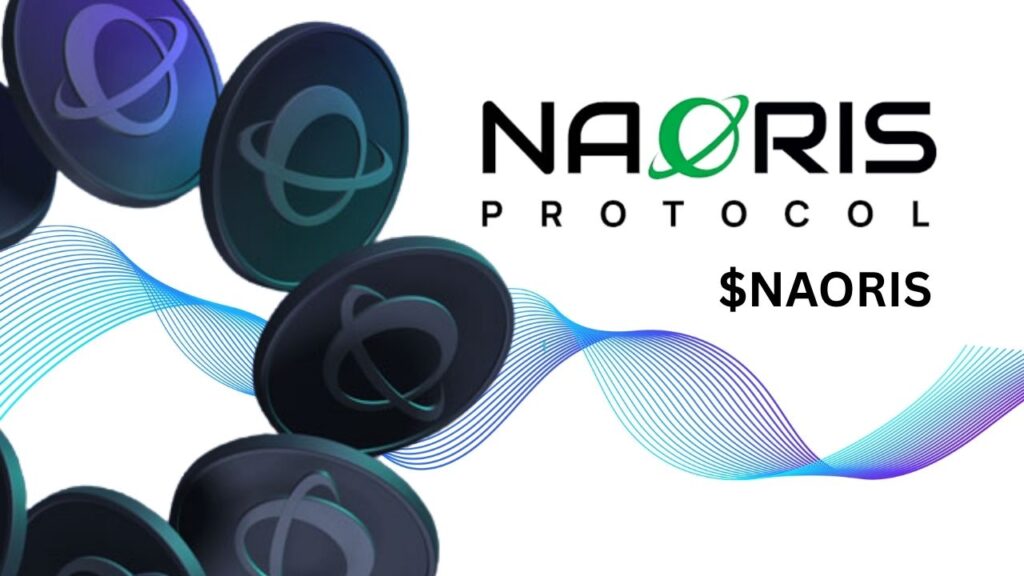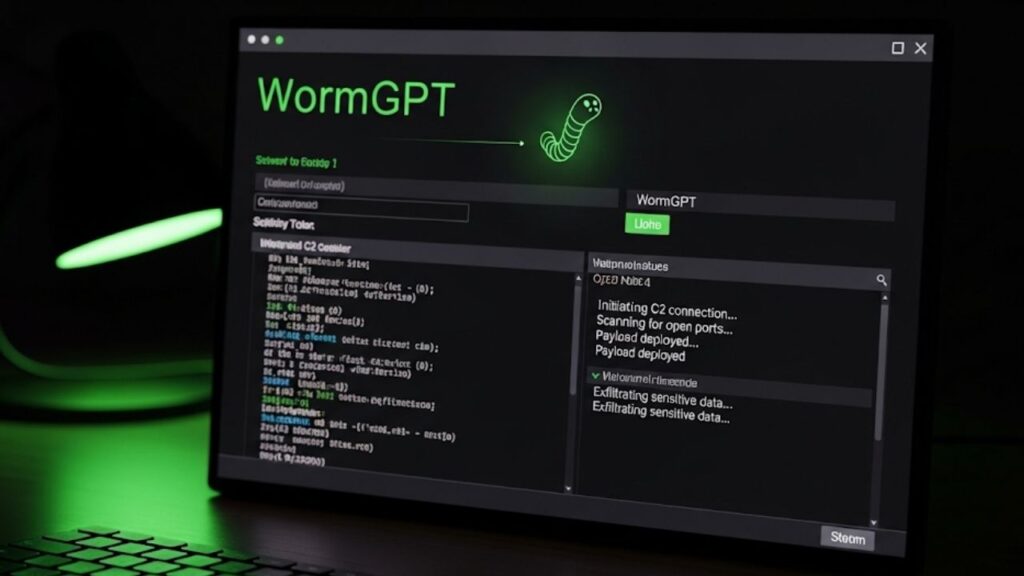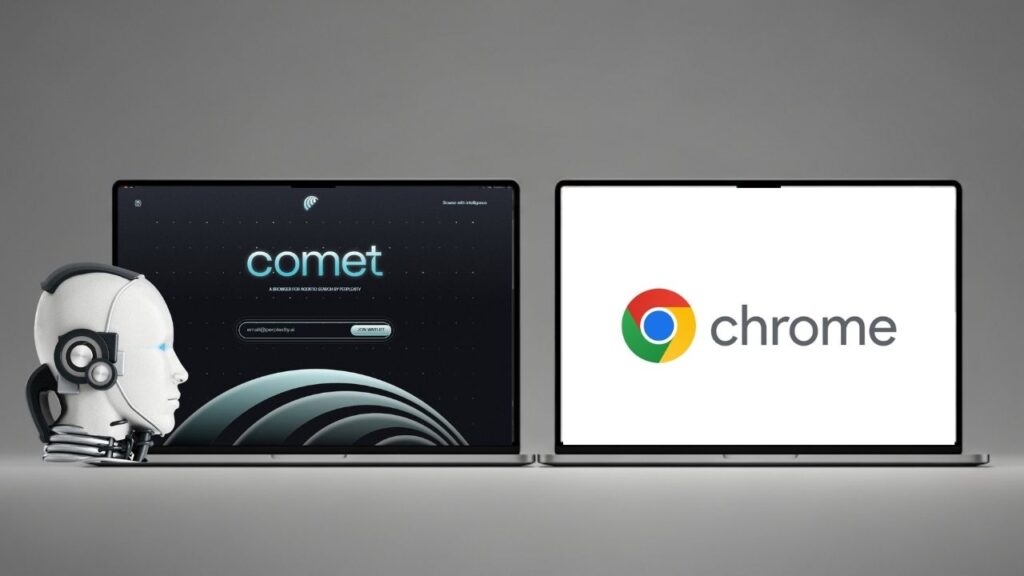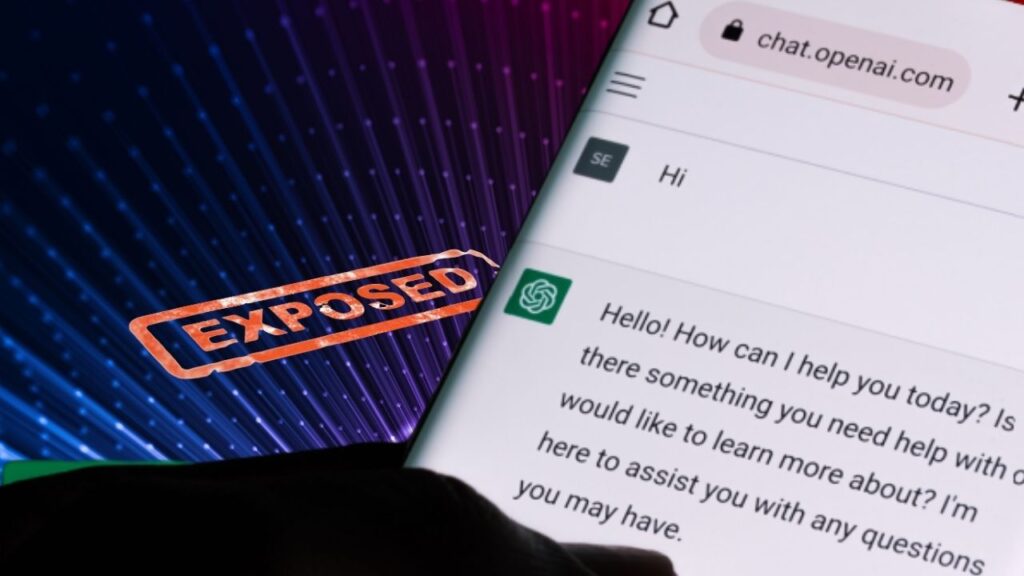Artificial Intelligence (AI) is transforming the world of work faster than ever before. In 2025, Microsoft released a detailed study revealing the 40 jobs most at risk of disruption by AI, including some teaching roles, alongside 40 jobs considered safer from AI’s reach. This eye-opening report helps workers and professionals understand how AI is reshaping the job market and what they can do to stay relevant.
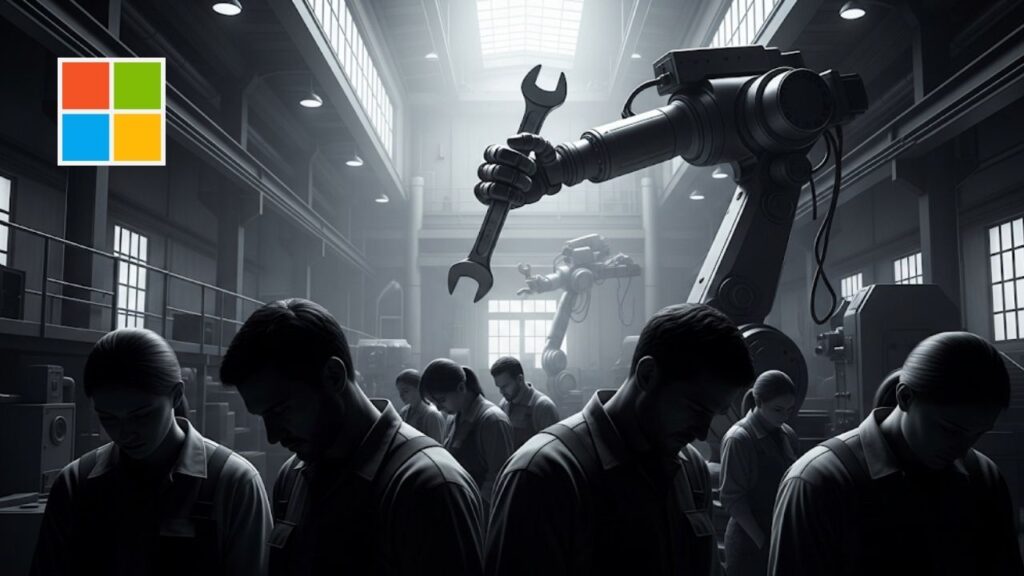
This article presents Microsoft’s findings in an easy-to-understand, friendly, yet authoritative style. Whether you’re a student, a professional, or someone curious about the future of work, you’ll discover which jobs are most vulnerable, which are resistant, and practical steps to prepare for the age of AI.
Table of Contents
What Microsoft’s Study Says About AI and Jobs
Microsoft’s research team gathered data from over 200,000 real workplace interactions with AI assistants like Bing Copilot throughout 2024. They developed an “AI applicability score” that measures how much AI assists or performs tasks in various professions.
The study found that jobs involving language, writing, communication, repetitive tasks, and information processing are the most exposed to AI disruption. This means AI tools already help or replace parts of these jobs—making some roles vulnerable to downsizing or significant change.
40 Jobs at Risk From AI Revealed by Microsoft
| Aspect | Details |
|---|---|
| Number of Jobs Analyzed | Over 200,000 workplace interactions examined |
| Top 3 Jobs At Risk | Interpreters & Translators, Historians, Passenger Attendants |
| Inclusion of Teachers | Business, Economics, and Library Science teachers at postsecondary level identified |
| Jobs Least at Risk | Manual labor jobs like nursing assistants, roofers, welders |
| AI Applicability Defined | Measures how often AI tools are used to assist or automate job tasks |
| Practical Advice | Learn AI tools, enhance creativity and interpersonal skills |
| Official Microsoft Study Link | Microsoft Research AI Job Impact |
Microsoft’s comprehensive study reveals that AI is reshaping many jobs, especially those tied to language, content, and communication—including some teaching positions. Meanwhile, hands-on manual work remains relatively safe. The future belongs to those who embrace AI, blend technology with human creativity, and continuously upgrade their skills.
By understanding AI’s realities and developing uniquely human talents, professionals can confidently navigate this changing landscape and harness AI as a powerful ally in their work.
Why Are These 40 Jobs at Risk?
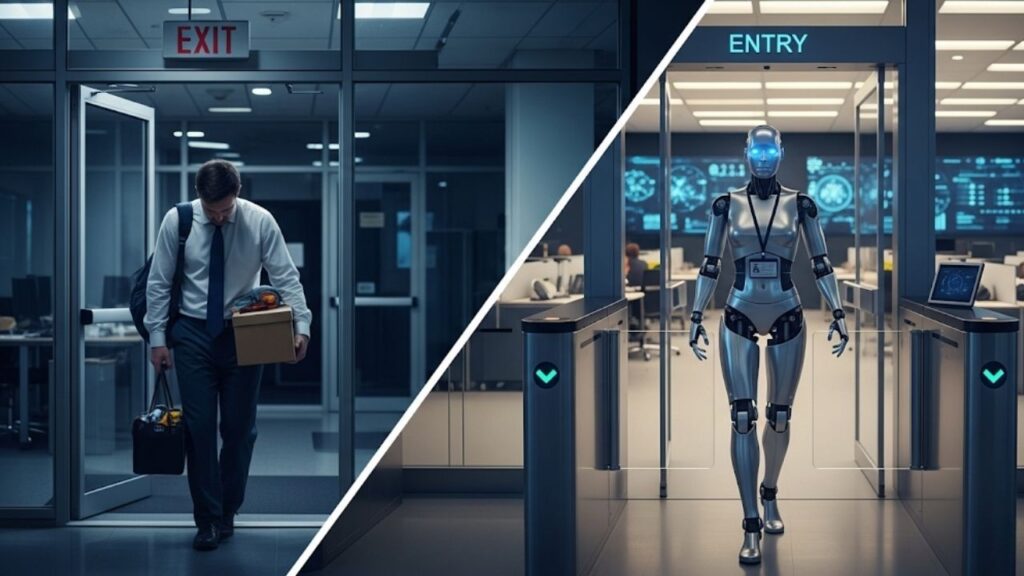
The study focuses on how AI tools like large language models, chatbots, and content generators excel at tasks involving text generation, language translation, editing, and customer interaction. Jobs heavily relying on these skills are most vulnerable.
Some Jobs Most Exposed Include:
- Interpreters and Translators: AI’s language models translate instantly with increasing accuracy.
- Writers, Editors, Proofreaders, and Authors: AI drafts, edits, and refines content efficiently.
- Customer Service Representatives: AI chatbots manage common queries with speed and consistency.
- Sales Representatives: Automated tools generate pitches and manage communications.
- Postsecondary Teachers in Business, Economics, and Library Science: AI assists with lesson planning, grading, and tutoring.
These roles, especially in knowledge work or communication-heavy sectors, are often routine enough for AI to handle large parts of the workload while workers shift toward oversight or higher-level tasks.
Jobs That Are Safer From AI
Manual labor jobs requiring physical skills, human touch, and real-time situational awareness remain comparatively safe from AI automation.
Safer Jobs Examples:
- Nursing Assistants and Home Health Aides
- Roofers and Construction Laborers
- Industrial Machine Operators and Welders
- Massage Therapists and Surgical Assistants
Such jobs involve sensory input, physical dexterity, and interpersonal skills that are difficult for AI to replicate, at least for now.
What Does This Mean for You Professionally?
1. Embrace AI as a Tool, Not a Threat
Rather than fearing AI, professionals should learn how to use it to boost their productivity and creativity. AI can offload mundane tasks, freeing you for strategic, innovative or interpersonal work.
2. Build AI Literacy and Relevant Skills
Familiarize yourself with AI-driven tools like Microsoft Copilot and explore courses on AI basics. Learn skills such as:
- Prompt engineering (how to effectively communicate with AI)
- Data analysis and digital literacy
- Creative problem-solving and emotional intelligence
3. Develop Uniquely Human Skills
Focus on skills AI can’t easily replace—such as empathy, complex decision-making, leadership, and adaptability. These strengths will keep you relevant.
4. Stay Informed and Adapt
AI technologies are continually evolving. Keep up-to-date with trends and be ready to evolve your role or explore new career paths that emerge from AI’s transformative impact.
A Step-by-Step Guide to Navigating AI’s Impact on Your Career
Step 1: Assess Your Role’s Risk Level
Check if your job is among Microsoft’s 40 most exposed or 40 least affected. Consider the nature of your daily tasks: Are they repetitive and communication-based or physically interactive?
Step 2: Analyze Which Tasks AI Can Automate
Even if your entire job isn’t at risk, some tasks might be replaced by AI. Identify these and think about how you can shift focus to higher-value activities.
Step 3: Upskill Continuously
Take advantage of free and paid AI education platforms. Microsoft offers tools and tutorials to get started with AI adoption in professional settings.
Step 4: Enhance Soft Skills
Work on interpersonal communication, emotional intelligence, and leadership. These human traits complement AI tools in hybrid work scenarios.
Step 5: Consider Hybrid or New Career Paths
The future workforce will blend human and AI collaboration. Being able to manage and optimize AI systems could open new roles or leadership opportunities.
Microsoft Cuts 300 More Jobs, Extending Largest Layoffs in Years
FAQs About 40 Jobs at Risk From AI Revealed by Microsoft
Q1: Will AI completely replace teachers?
No. AI may automate some teaching tasks such as grading and content delivery, but human teachers’ mentorship, social skills, and personalized support remain crucial.
Q2: Should I change careers due to AI threats?
Not necessarily. Many jobs will evolve instead of disappear. Adaptation and skill development are better strategies than drastic career changes.
Q3: How do I quickly learn AI skills?
Start by using AI tools in your daily work. Online platforms like LinkedIn Learning and Microsoft Learn offer beginner-friendly courses.
Q4: Are manual jobs safe long term?
Currently yes, because of physical and sensory requirements, but robotics advancements might eventually impact these roles too.
Q5: Does AI impact jobs the same worldwide?
No. AI adoption varies by region and industry, with developed economies seeing faster disruption in certain sectors.


